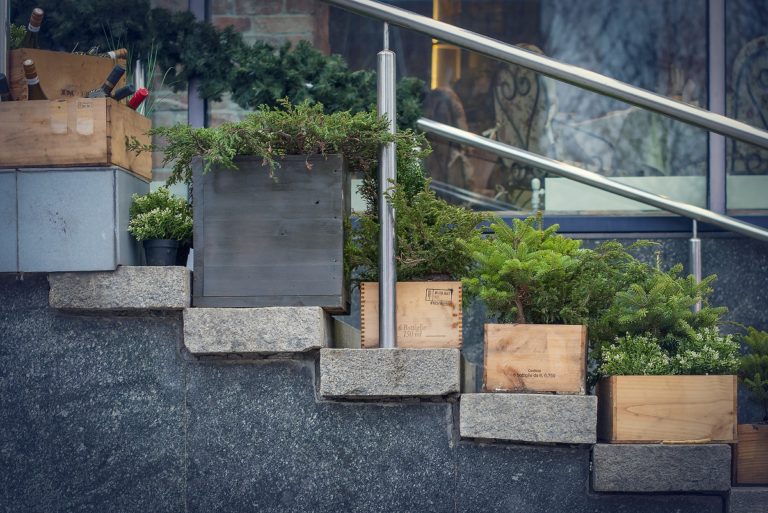Life can be challenging and stressful, but there are ways to lighten up the load. With so much things to do and deal with, we need something that will help us relax or feel good about ourselves. Gardening is one of them.
Many people are realizing the benefits of gardening and the role it plays in their lives. Tending a backyard garden is a good stress reliever for many homeowners. Seeing your plants grow and bear fruits or flowers gives you a sense of accomplishment and fulfillment. It makes you feel that you have done something right to make the plants thrive or flourish. In addition, it allows them to take responsibility, as the lives of the plants depend on them.
When it comes to setting up a garden, most people who are looking for the best planters are tempted to grab the nearest recyclable containers. Though this might seem cost-efficient, you should remember that the garden planters you choose have a considerable impact on how well your plants will thrive. That said, PolyStone Planters highlights the importance of making a wise decision.
There are various material options available for planters, but not all of them will be suitable for a garden trough planter. This is particularly true if the planters are meant for use in an open ground where they are exposed to weather elements. The following are the most suitable materials for these planters.
Polystone
This material is a combination of fiberglass resin and powdered stone, which makes it resilient and natural looking. The fiberglass resin lends a flexible and lightweight quality to the Polystone planters. The stone powder gives the material the natural texture of stone, as well as its resistance to harsh weather conditions.
This means your Polystone planters will last long while looking good and adding aesthetic value to your garden. This type of material takes garden design standards a notch higher.
TerraCast Resin
This is considered the gold standard material for outdoor planters. It is non-porous, resistant to wear and tear from a broad range of elements, lightweight, and exceptionally durable. Some TerraCast resin planters have UV inhibitors, which reduce their rate of color deterioration when used under direct sunlight. Though expensive, the cost is worth it.
Terracotta
Wood
This is a suitable choice for property owners who are aiming for a rustic garden look. The material can withstand a broader range of harsh weather elements compared to terracotta and can be made into many shapes. Wooden planters, however, require additional treatments to make them rot and insect-resistant. They are also heavy.
One of the aspects that will determine the ideal material for your garden planter from the above is your type of plant. Discuss your best options with a planter builder before choosing one. This helps ensure that the material supports the needs of the plant grown in the planter sufficiently.
